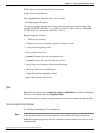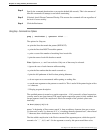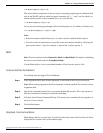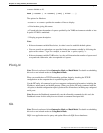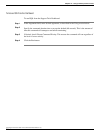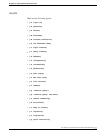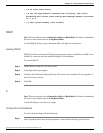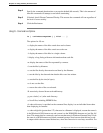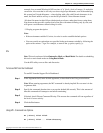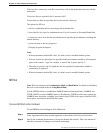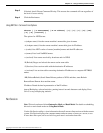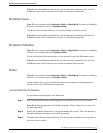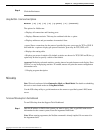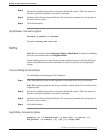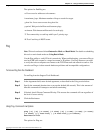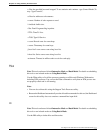
example, four accented Windows/ANSI versions of 'A' (0xc0 - 0xc4) all map to 'A' under this
conversion. Also note that ls will only ever show single-byte filenames, even if the underlying
file system has Unicode filenames -- when dealing with a file with Unicode characters in its
name, the Picnix utilities will try to use the OS-provided 8.3 short filename instead.
-M: show file names in their OS-provided mixed-case forms, rather than lower-casing them.
Note however that most file systems don't allow files with names differing only by case, and
will ignore case differences when looking for a file.
-?: Display program description.
Note:
• If the environment variable LS exists, its value is used to establish default options.
• You can override an option that was specified in the environment variable by following the
option with a minus '-' sign. For example, to turn off the -p option, specify -p-.
mv
Note: This tool can be used in both Interactive Mode and Batch Mode. For details on scheduling
this tool to run in batch mode see Using Batch Mode.
Use the MV utility to move files and directories.
To Access MV from the Dashboard
To run MV from the Support Tools Dashboard:
Step 1
In the Arguments field, enter desired arguments, as described in the Using section below.
Note: When entering arguments, the MV command is already implied. Do not enter it in the
Arguments field.
Step 2
Specify the command duration time or accept the default (60 seconds). This is the amount of
time the command will attempt to run before terminating.
Step 3
If desired, check Elevate Command Priority. This ensures the command will run regardless of
the level of server activity.
Step 4
Click the Run button.
Using MV - Command Line Options
mv [-firv?] file1 file2
mv [-firv?] file1 ... fileN directory
Cisco Support Tools User Guide for Cisco Unified Software Release 2.1(1)
218
Chapter 14: - Using 3rd Party Common Tools
mv



